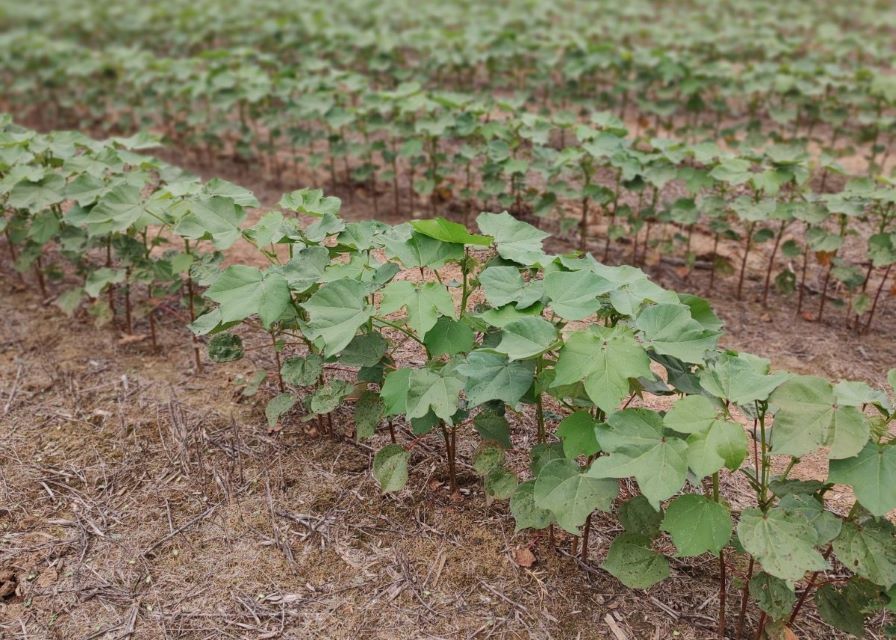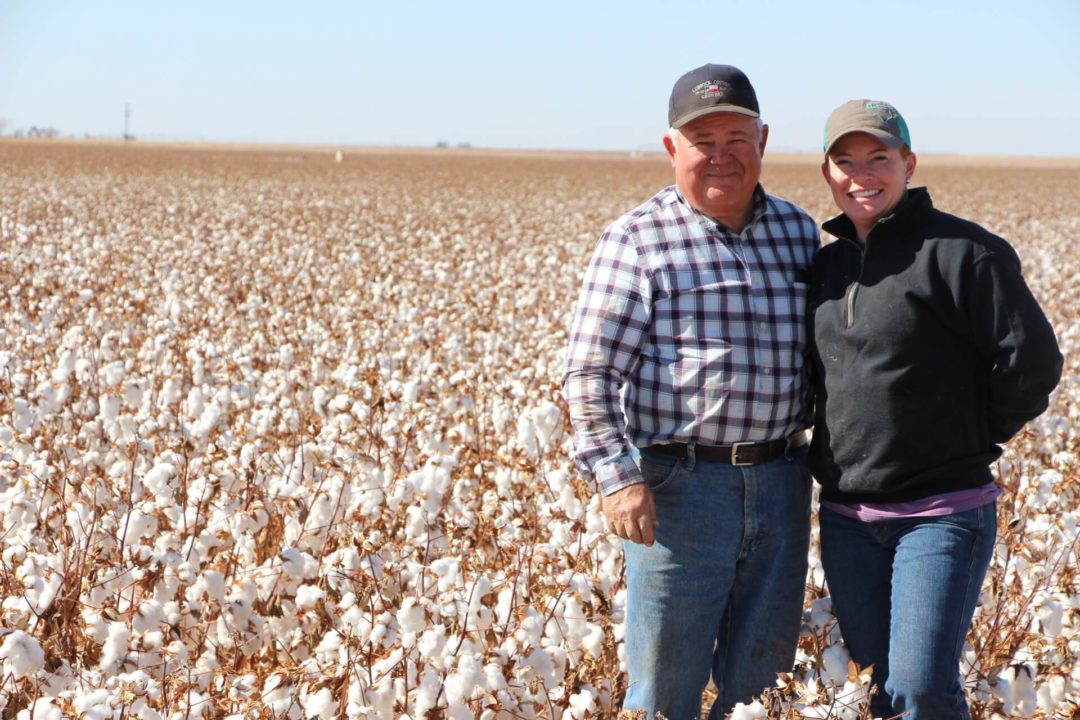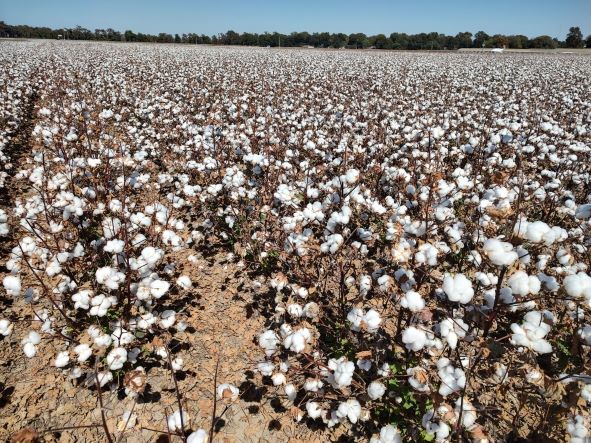Big Changes Leading Stoneville and FiberMax Ahead
From Cotton Grower’s Cottonseed Roundup (November 2024)
Sometimes, addition by subtraction works well. The strategic introduction of BASF’s Axant Flex weed control technology into the company’s newer Stoneville and FiberMax brand cotton varieties for 2024 allowed growers to see the quality and performance of these varieties while awaiting delayed EPA approval of a new HPPD herbicide formulation to pair with the technology.
Growers were able to try four Axant Flex varieties across multiple geographies and were allowed to apply labeled rates of glyphosate, glufosinate, and dicamba over the top of the new varieties (although dicamba’s availability for 2025 is still unknown). Growers – and the company – liked what they saw.
“We believe the Axant Flex technology will allow growers to focus more on pre-emerge applications to help avoid resistance issues that we get into with so many post emerge herbicides,” explains Kenny Melton, Western Region Agronomic Manager for BASF. “We hope to get full approval of our HPPD herbicide in 2025 in time to put some demos out and have it ready for full use in 2026.”
According to Melton, the HPPD formulation provides excellent control of pigweed, especially when used with another pre-emerge herbicide like Outlook or Zidua to help extend control between planting and the second residual application. The goal is to layer residuals in the field before moving to post emerge applications.
“We’ll still have glyphosate and glufosinate available, and we’re looking forward to Liberty Ultra that’s hopefully coming in 2025,” says Melton. “It will offer improved control over our current glufosinate product and certainly over generics in the market.”
Of course, the Axant Flex technology will be paired with the current TwinLink Plus three-gene Bt trait for control of bollworms and other lepidopteran pests in areas where the control is needed.
New Variety Performance
So, what about those four new varieties?
- Stoneville ST 6000AXTP showed solid performance in grower fields and trials across Texas. Further east, it also showed a good fit in Georgia, the Carolinas and the lower Mid-South.
- FiberMax FM 868AXTP fit well from the southern Rolling Plains into the Northern Plains and on into Oklahoma.
- FiberMax FM 823AXTP showed good potential in the High Plains and the Texas and Oklahoma Northern Plains.
- FiberMax FM 765AX is an Axant Flex only variety targeted to the Texas High Plains.
All of the new varieties feature native trait protection including root knot nematode and bacterial blight resistance, plus tolerance to Verticillium wilt and Fusarium wilt.
Looking Ahead to 2025
BASF is exiting the older GL and GLTP technologies, as well as the B3XF license material.
“Some limited amounts of legacy material will be available, but we will be selling out of existing stocks,” says Melton. “We feel like we have much better options with this new technology in our new material.
“It’s been a while since we’ve been able to offer this new germplasm,” he adds. “We’re pleased to get our breeding program back in focus. We have a really broad germplasm base that our breeders have been working with.”
Melton notes that the company had hundreds of on-farm trials this year to help evaluate potential new varieties. Decisions for 2025 are due in January.









